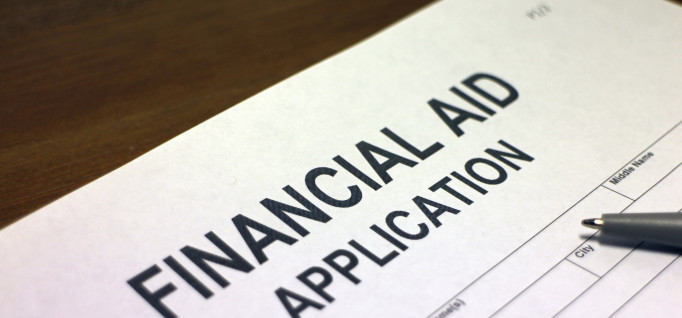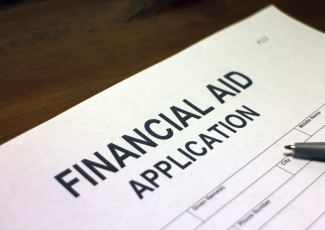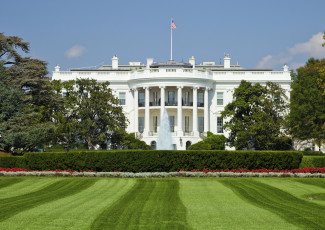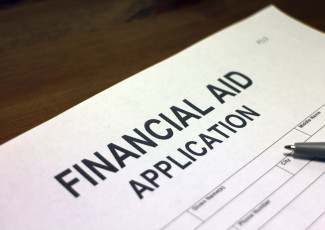Pell Grants for Dual-Enrollment Students
By Sarah Asp Olson
December 4, 2015
A U.S. Department of Education experiment will give low-income high school students a leg up on college completion.
Federal Pell Grants have traditionally been awarded to full- or part-time undergraduate students. Soon, some high school students will be eligible for the grants, which can be used for tuition, books or other fees.
The U.S. Department of Education recently announced that a pilot program during the 2016-17 academic year will make Pell Grants available to 10,000 public high school students who are also enrolled in college courses. According to the department, dual-enrollment “is a promising approach to improve academic outcomes for students from low-income backgrounds.”
Even when states or institutions step in to waive or partially fund tuition for dual-enrollment, “what about the rest of it?” asks Melissa F. Gregory, chief enrollment services and financial aid officer at Montgomery College, in Rockville, Maryland.
At Montgomery College, dual-enrollment students pay about $472 for a three-credit course. Even when tuition is waived — as it is for about 20 percent of Montgomery’s 600 dual-enrollment students — fees, books and additional expenses can total several hundred dollars.
“If you’re Pell eligible, you’re a very low-income family anyway. A couple hundred dollars is a lot of money for a lot of families,” Gregory says. “That’s what this experiment is about — reducing the barriers to getting that jump-start on college for low-income students.”
The community college connection
Postsecondary institutions that participate in student financial-assistance programs under Title IV of the Higher Education Act are eligible to apply for the Pell extension experiment. Community colleges, though, are uniquely positioned to help dual-enrollment students succeed.
Community colleges tend to be closely aligned with nearby public school systems and, according to the Department of Education, already offer more than 70 percent of dual-enrollment courses nationwide. This makes community colleges a natural fit for the Pell experiment, because in many cases, programs and administrative processes already exist to integrate high school students.
On Montgomery College’s campus, for example, the office of academic initiatives provides a one-stop shop for the college’s dual-enrollment students.
“Everything students do is funneled through that office,” Gregory says. “It’s very helpful. We’re not just throwing our dual-enrollment students out there to figure things out for themselves.”
Institutions selected for the pilot program will be required to provide students with similar academic support and assist students in FAFSA completion.
“That’s a great thing,” Gregory says. “Now we’ll be able to get [students] into that system sooner, and they and their families are going to learn more about the process. That’s going to make transition to college so much easier in the future.”
The Department of Education has allocated up to $20 million to support next year’s program. Gregory is optimistic that it will be a success and will continue to benefit low-income high school students and the institutions they attend — especially community colleges.
“This is something that a lot of community colleges were asking for,” she says. “This [experiment] is something we can really build on.”









